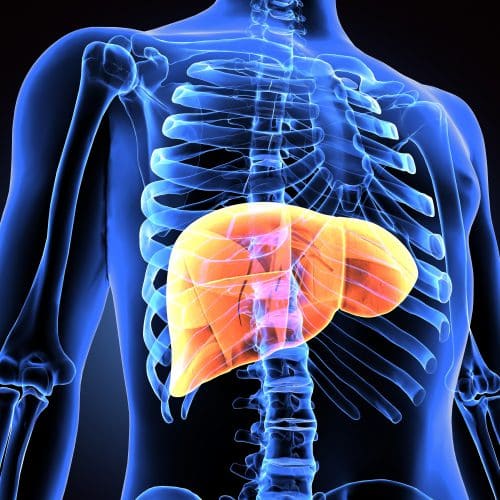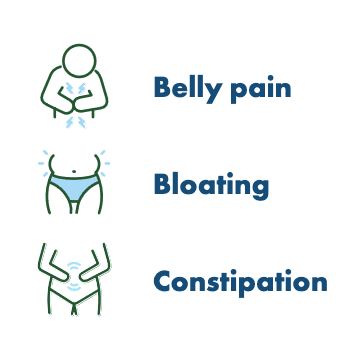Are You at Risk for Nonalcoholic Fatty Liver Disease – A Global Epidemic?
Recent news articles based on research findings have indicated that nonalcoholic fatty liver disease (NAFLD) is a growing global epidemic, with more than one billion people affected by the condition. Experts believe the prevalence of the disease could increase by 50% by the year 2030.
NAFLD is a form of fatty liver disease. NAFLD occurs where there is accumulation of excess fat in the liver of people who drink little or no alcohol. When heavy alcohol use causes fat to build up in the liver, this condition is called alcoholic liver disease. A healthy liver must contain little or no fat.

A small group of people with NAFLD may have a more serious condition named non-alcoholic steatohepatitis (NASH). In NASH, fat accumulation is associated with liver cell inflammation and different degrees of scarring. NASH is a potentially serious condition that may lead to severe liver scarring and cirrhosis. Cirrhosis occurs when the liver sustains substantial damage, and the liver cells are gradually replaced by scar tissue which results in the inability of the liver to work properly. Some patients who develop cirrhosis may eventually require a liver transplant (surgery to remove the damaged liver and replace it with a “new” liver), according to The American College of Gastroenterology.
This recent article by Kristin Kirkpatrick, TODAY Contributor, stands out because it provides a good overview of NAFLD, its risk factors and what you can do to reduce your risk.
Here’s a summary of the article’s highlights:
1. “There’s no pill yet to stop it and left untreated, it can develop into nonalcoholic steatohepatitis (NASH), the leading liver disease in the world and on track to become the leading cause of liver transplants.”
2. “NAFLD is not tied to alcohol, but primarily to obesity, inactivity and poor lifestyle choices. The early stages are quite treatable and reversible. However, once your liver gets too damaged, it becomes a more dire condition.”
3. “This disease does not blow through your system like a hurricane, rather it grows like a tree. Therefore, age is an important factor in how likely you are to have it progress. That’s why the condition is so concerning in overweight and obese children who have many years to “grow” the tree with a steady diet of sugar and processed food coupled with inactivity.The longer you have the condition, the more likely it is you may need to be put on a liver transplant list.” Read full article
Source:
Nonalcoholic fatty liver disease is a global epidemic: Are you at risk?, Today.com
Related Media Coverage
Study shows how a carb-restricted diet battles fatty liver disease, Medical Xpress
How to Prevent Fatty Liver Disease, Care2.com
Related Resources
ACG Patient Information on Nonalcoholic Fatty Liver Disease (NAFLD)
ACG Practice Guideline: Evaluation of Abnormal Liver Chemistries
Non-alcoholic liver disease and NASH, NIDDK/NIH
Fatty Liver Disease, Medline Plus
The Diagnosis and Management of Nonalcoholic Fatty Liver Disease: Practice Guidance From the American Association for the Study ofLiver Diseases, The American Association for the Study of Liver Diseases
Listen to our
latest Podcast!






